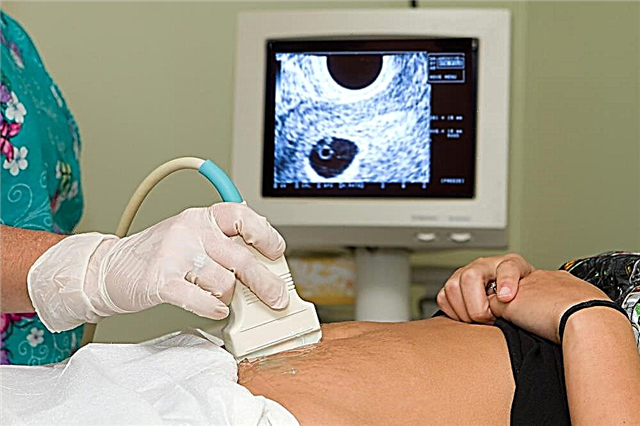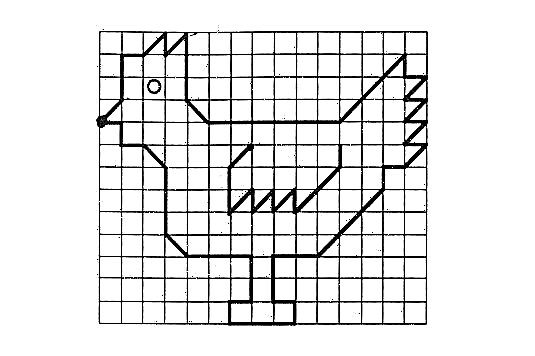
Ovulation tests are easy to use and accurate enough to enable a woman to determine the onset of a fertile period in her menstrual cycle. But the interpretation of the results often raises questions. In particular, it is not entirely clear how to understand the second stripe if it is pale or weak. Our article will tell about this.
Where does the second strip come from?
Rapid ovulation test (strip, cassette or inkjet) is an invention that allows a woman to understand what phase of the menstrual cycle she is in. This is very important when planning pregnancy, because the conception of a baby is possible only when a woman ovulates. This usually occurs in the middle of the menstrual cycle, but it is possible that the release of the egg may be late or this process will happen earlier than expected.
The egg cell lives for a very short time - about a day, less often 36 hours. If during this time she is not fertilized with a sperm, then pregnancy will not occur and the woman will have to wait for the next month.
The origin of the second strip is the reaction of the reagent applied to the test by the manufacturers to the concentration of a certain hormone in the woman's urine. In the first half of the female cycle, after the end of the next menstruation, follicles begin to grow on the surface of the right and left ovaries under the influence of the FSH hormone. There are several of them, but they grow unevenly, and soon a “favorite” is determined, which is called the dominant follicle. He is one (rarely two). It is from it that the egg should appear. It matures internally in a nutrient fluid, protected by the follicle membrane.
1-2 days before ovulation, when the follicle reaches a large size, the level of estrogen rises, and this provokes an intense production of luteinizing hormone (LH). It thinns the follicle membrane, stigma forms on it, and soon rupture occurs. The oocyte, ready for fertilization, is captured by the fallopian tube and can be fertilized within 24 hours.
Ovulation tests contain an area of coverage with a reagent that is particularly sensitive to luteinizing hormone. Thus, the appearance of two stripes is a positive result, indicating that ovulation will occur in 1-2 days, sometimes in 12 hours.
After the release of the oocyte, the LH concentration sharply decreases, and for about 2 more days the test result remains positive, and then it becomes negative - only one strip appears.
And everything would be easier than ever, if not some nuances - the stripes are not always clear, which is recommended to be considered a positive test. The second stripe can be weak, barely noticeable, or one stripe is bright, and the second is light, several tones lighter than the first. And here it is not entirely clear whether it is time to start conceiving or it is too early.


What does it mean?
The presence of a weak second strip, which can hardly be considered complete, may be a positive result, but in this case, it is most likely worthwhile to assume that there is still time before ovulation, since the concentration of LH in the urine has not reached its peak. In this case, it is worth repeating testing the next day. The strip should become brighter.
If none of the subsequent tests shows a bright second stripe, it can be assumed that the test is of poor quality or the woman is testing with an error. In this case, you need to read the self-diagnosis rules again and repeat the examination on the same day or use a test system from another manufacturer.
If the result is always weakly positive, it should be assumed that the woman is taking some hormonal drugs, she has a hormonal disorder, for example, estrogen deficiency, in which the LH level is below normal. Any of the following situations may affect the balance of hormones in the female body:
- strong stress, anxiety, shock;
- air travel, change of time and climatic zones;
- rapid weight loss or rapid weight gain;
- endocrine diseases (hypothyroidism, problems with the state of the adrenal cortex, etc.).
And even insufficient sleep and night shift work can cause not only a weak second strip on the ovulation test system, but also a lack of ovulation.


By the way, with anovulatory cycle (proceeding with a complete absence of ovulation), tests often give weakly positive results, because the LH level still rises, however, not to peak values, which explains the weak color of the strip in the test zone. Cycles without ovulation occur from time to time in all women, but their number increases with age.
The system sometimes shows a light second strip before menstruation. This means that the test is either wrong and the reagent "catches" traces of hCG, if pregnancy has occurred, or speaks of late ovulation.


What to do?
Having received a strip in the test zone, which is slightly lighter or noticeably lighter than the control, first of all, you need to check how correctly the diagnosis was performed. Check the instructions for use, and also note whether you have followed the conditions and recommendations for testing.
- The strip is not expired, it was stored correctly in a dry and dark place.
- You have chosen the right time for the diagnosis - the first test is carried out on a day, which is calculated by subtracting 17 days from the cycle duration. This is the estimated start of the fertile period (3 days before ovulation). With an irregular cycle, the duration for the last 4-6 months is summed up and divided by the exact number of months, and then 17 days are subtracted.
- Urine should be collected immediately prior to testing in a clean and dry container or in a special disposable container supplied with some tests.
- The strip should be unpacked immediately prior to testing.
- If the test is cassette or inkjet, make sure no liquid spills onto the housing.
- Keep the strip in urine no longer than the time indicated by the manufacturer, and check the result no later and not earlier than the indicated period.
- The strip should lie horizontally on a clean and dry surface until waiting for the result.
Make sure to run each subsequent test at the same time the next day as the first. Do not use the first morning urine portion after waking up for this purpose. It is better to collect material for research from 10 am to 8 pm at any time (do not forget that the next test will have to be done at the same time).

Do not drink liquids 4 hours before the diagnosis. Drinking plenty of fluids can cause frequent urination, and the concentration of LH in each portion of urine will be significantly lower than the actual level. In such a situation, the test always shows the second weak strip.
Repeat the test following these rules. If the result is again weakly positive, test until a clear positive result is obtained. If it is not there, watch the tests for another month and feel free to consult a doctor. Having received the results of the analysis for hormones, examining the state of the follicles on an ultrasound scan, the specialist will be able to establish with great accuracy the reasons for the absence of ovulation or its presence against the background of weak hormonal support. In any case, this will require certain therapy, lifestyle correction, and sometimes the appointment of medications.
If you measure basal temperature at the same time with testing, then you can navigate in doubtful situations with stripes and their brightness on the BT graph - before the release of the egg, the temperature drops sharply, and then immediately rises.


The specialist tells more about ovulation tests in the next video.



